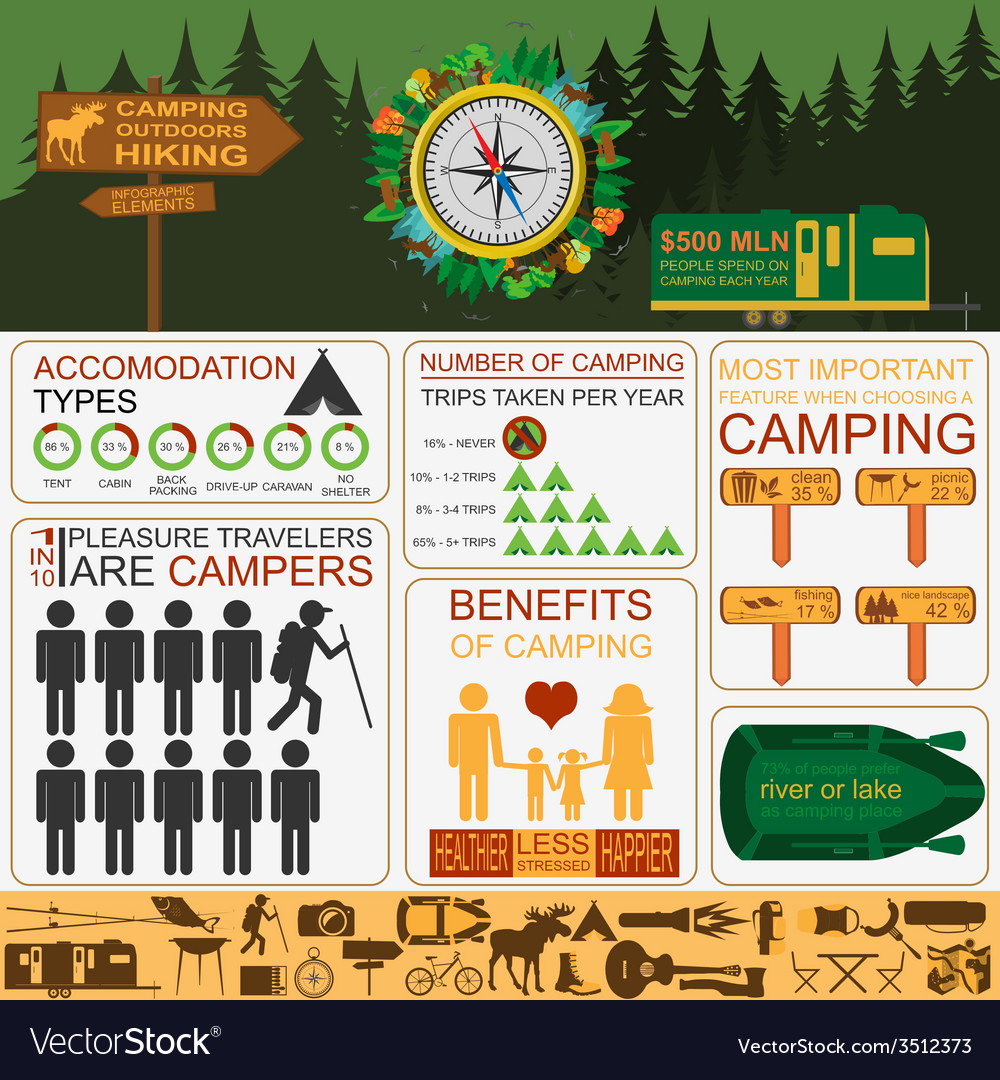Person lines are necessary for non-freestanding camping tents, offering additional security and assistance beyond the capability of tent posts and routine stakes. They attach to marked loops or accessory factors on the tent or rainfall fly, and are tensioned to take out sagging material, raising interior home and making the sanctuary more comfy for campers.
Security
Individual lines improve an outdoor tents's structural stability, supplying extra assistance past that of the camping tent posts and risks. This is especially crucial when outdoor camping in gusty settings. By advertising correct air flow, person lines likewise assist to avoid condensation within a camping tent. Particularly, when connected to the rain fly, they maintain crucial space in between the wall surfaces of the outdoor tents, which cultivates air blood circulation and minimizes the buildup of moisture on indoor surface areas. To connect a person line, just tie one end to the designated loop or attachment factor on the rainfall fly or outdoor tents body, and after that protect the other end to your preferred anchor factor such as a rock, tree, or outdoor tents risk.
Weight
Man lines are an efficient means of bolstering the framework of an outdoor tents. They are simple to connect by looping one end through designated loopholes or accessory points on the tent body and rainfall fly, then safeguarding it to a support factor such as a strong stake, rock, or tree. When tensioned, they pull out sagging fabric and sagging edges, assisting to improve the total architectural stability of the shelter. They also advertise air flow by keeping the internal camping tent and rain fly wall surfaces different, which fosters a cooler atmosphere within the outdoor tents and assists to reduce condensation accumulation. This eventually improves campers' convenience level while camping outdoors.
Adaptability
Unlike freestanding camping tents, which can stand separately with their posts, non-freestanding camping tents should be bet or guyed out to maintain security and structural support. This style decreases the weight of a sanctuary, and likewise allows for better terrain adaptability.
Usually, a camping tent's ridgeline and walls are made with loops or add-on points for connecting to person lines. The lines can then be tensioned to draw sagging or sagging fabric back right into form and develop a more powerful, a lot more resilient framework.
In addition, guy lines are essential for promoting proper ventilation inside the camping tent. By dividing the rainfall fly from the mesh camping tent body, they allow air to distribute freely throughout the shelter, reducing moisture and condensation on indoor surface areas. This inevitably contributes to a more comfy and enjoyable outdoor camping experience. For a more effective setup, consider buying a collection of individual line insurers, which allow you to quickly raise or decrease stress as required.
Resilience
If a camping tent is effectively staked out with man lines, it can sustain winds much more badly than an equivalent shelter without individual lines. Furthermore, they are instrumental in promoting camping tent air flow. For example, connecting a rainfall fly to hunting the individual lines maintains it separated from the tent body, stopping hot air from accumulating on the internal wall surfaces and ceiling of the tent.
The best method to protect a person line is to feed one end of the line via a marked loop or attachment point on the tent or rain fly, then tie it around the anchor point. A top quality support need to be made of a durable material, such as wood or steel, and put straight vertical to the line to advertise the best bond.
